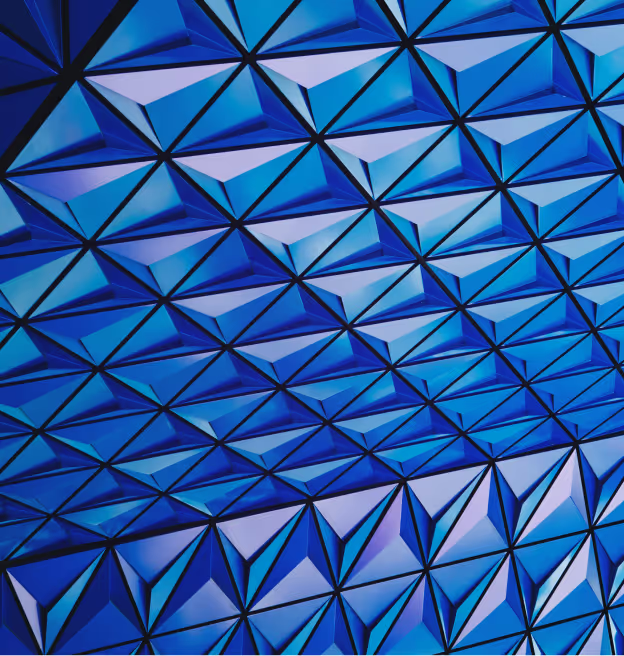Renovation Forecast 2026: Market Trends in Unit Upgrades and Pricing


As you close out the year and review your 2025 capital spend, now is the ideal moment to look ahead and shape your upgrade strategy for 2026. The renovation landscape is shifting—costs aren’t dropping, labor remains tight and sourcing materials is a growing challenge. For property operators, the difference between catching that shift early and being forced into reactive over-spend can be millions across a portfolio.
Cost Pressures & Where Pricing Is Headed
Several intersecting factors are driving upward pressure on renovation cost per unit:
- Tariffs, trade disruption and material scarcity remain headwinds. For example, tariffs on steel/lumber are cited as driving cost increases.
- According to the Joint Center for Housing Studies (JCHS), renovation and repair spending is expected to grow modestly in 2025, with a 1.2% increase projected.
- The broader home-improvement products market is projected to grow by 3.5% in 2026.
Implications for unit-upgrades in multifamily / SFR asset classes:
- Prioritize projects early; locking in budgets and vendor commitments in Q1 can protect against mid-year spikes.
- Plan for escalation risk: material prices, logistics and labor may push budgets up by 4–8 % year-over-year.
- Expect higher base cost for replacement projects (HVAC, kitchens, baths) than what your previous year budgets assumed.
Labor Availability & the Skilled Trades Gap
Even when material supply is managed, labor remains a critical bottleneck:
- As demand for upgrades competes with construction and industrial markets, the wage premium for skilled trades is rising.
- For property operators this means:
- Longer lead times + potential premium pricing for vendor crews
- Limited vendor availability in popular turn or renovation windows
- The need to coordinate vendor capacity early and perhaps lock in backup trades.
- The National Association of Home Builders (NAHB) highlights shortages in carpenters (finish/rough), framers, masons and concrete workers.
Supply Chain & Material Risk
Material and equipment pressures still affect renovation scopes:
- Appliances, HVAC equipment, windows/doors and plumbing fixtures have been flagged as “most difficult to get” in NAHB remodeler surveys.
- Although the severe disruptions of 2020–21 have eased, inflation, freight cost and tariff risk persist.
- Build contingencies for schedule delays and budget overruns.
- For your 2026 plan:
- Engage vendors early to lock material lead-times, especially for custom or high-end finishes.
- Consider standardizing material choices and design packages for improved scalability and cost control.
Trending Upgrade Types & Pricing Implications
While full-scale “gut and replace” projects get headlines, some patterns are emerging for upgrades that deliver value:
- Cosmetic and mid-cycle refreshes (flooring, fixtures, paint) remain high-ROI because they avoid full replacement cost yet meaningfully modernize the asset.
- Kitchens and bathrooms remain top spend categories: e.g., median spend on small kitchen remodels rose ~9% in the last survey.
- Energy-efficient system upgrades, resident-experience enhancements and Next-Gen unit features (smart tech, wellness finishes) are moving from “nice to have” into “expected.”
How to Build Your 2026 Renovation Forecast
Here’s a 4-step framework for asset managers to build a robust forecast:
- Overlay cost escalation assumptions for labor and materials (use historical spend + macro indicators).
- Prioritize upgrade buckets e.g., repairs required to maintain unit marketability vs. value-add full renovations aimed at rent-growth.
- Model vendor capacity and lead-times by engaging with your network to verify availability and pricing trends for Q1 and Q2 2026.
- Segment your asset inventory by age, condition, last major upgrade, and tenant profile.
By building your plan now, you avoid being forced into rushed replacements mid-year when budgets are tighter and vendor availability is constrained.
Why This Matters
For operations teams, budgeting and scheduling upgrades isn’t optional, it’s strategic. A mis-timed or under-budgeted renovation can:
- Extend vacancy days
- Increase maintenance and unit turn-costs
- Reduce competitor positioning in leasing
- Incur premium pricing due to schedule or supply pressure
Conversely, a data-driven, forecast-informed upgrade strategy supports smoother execution, optimized vendor deployment, predictable cost and improved resident experience.
Plan ahead and lock in your 2026 renovation strategy. Contact Lessen to integrate cost escalation modelling, vendor-lead-time tracking, and asset-life analytics through One by Lessen™, and leverage insights to align your unit-upgrade pipeline with market timing and budget realism.

- This is my list